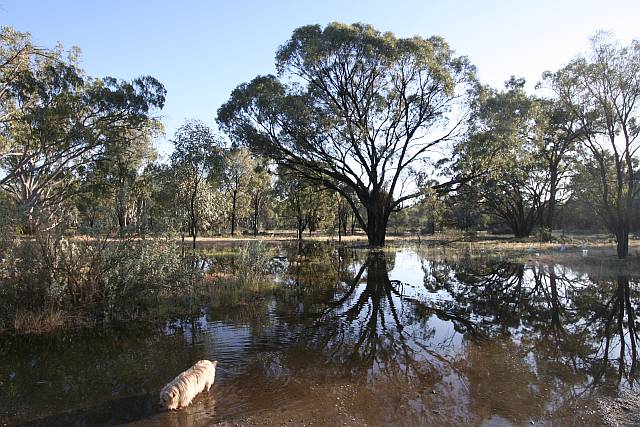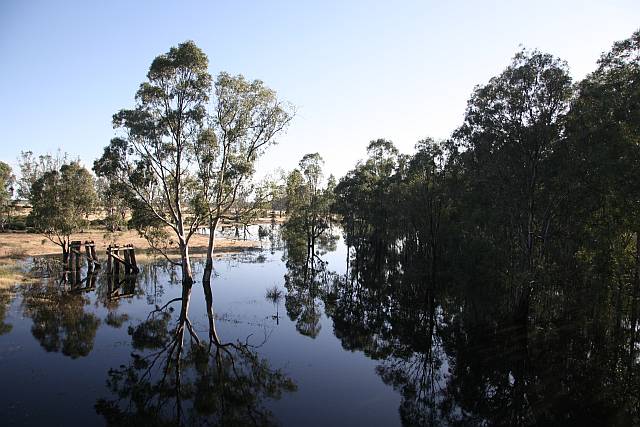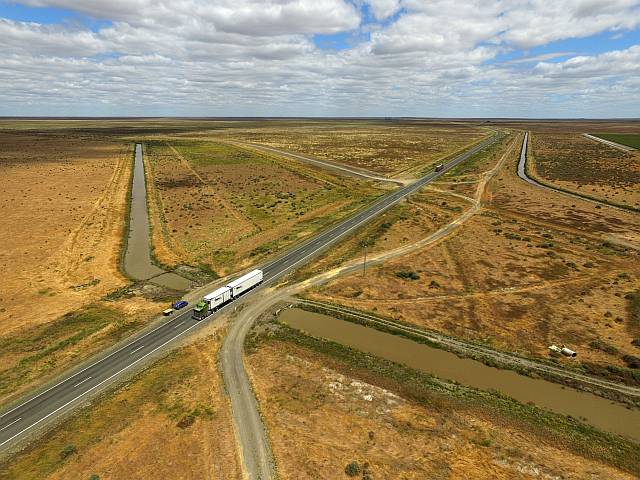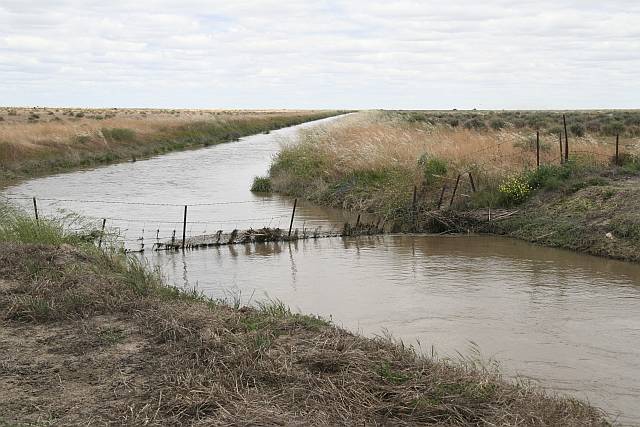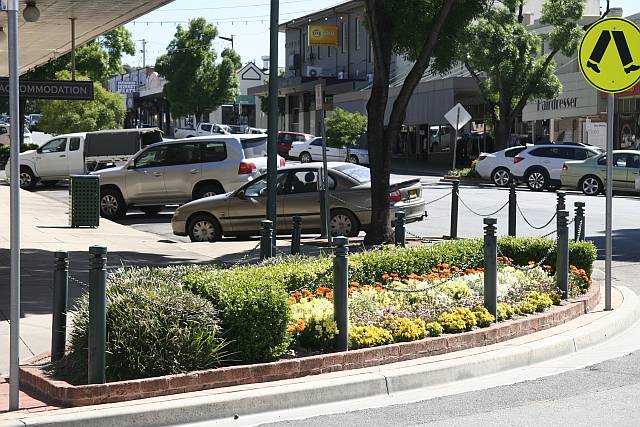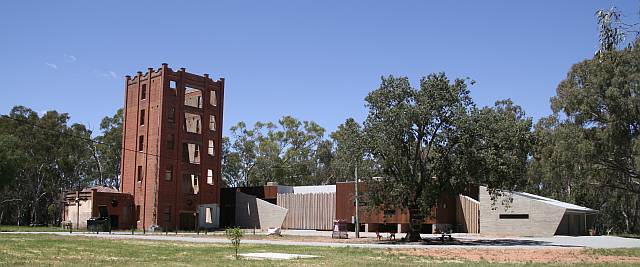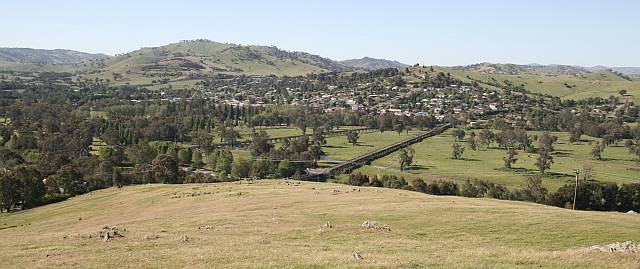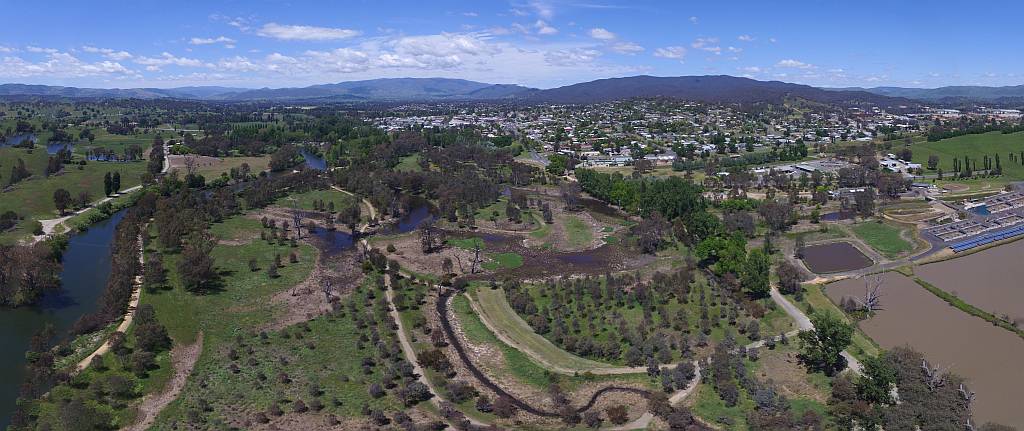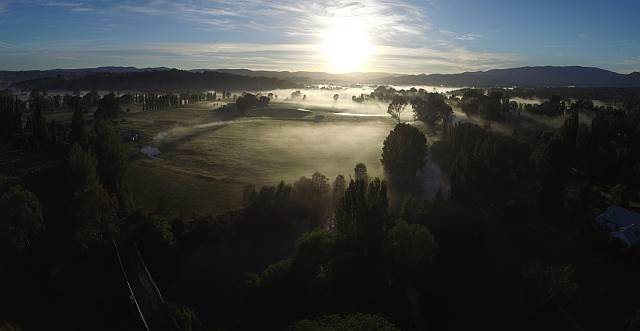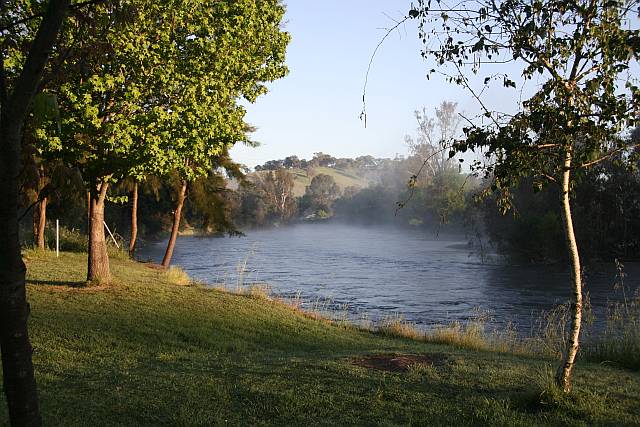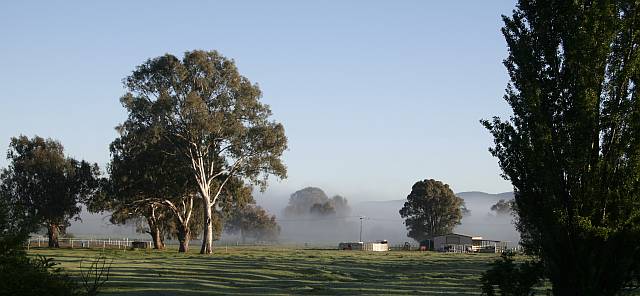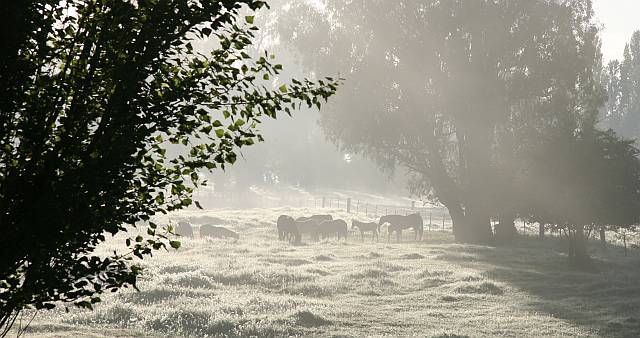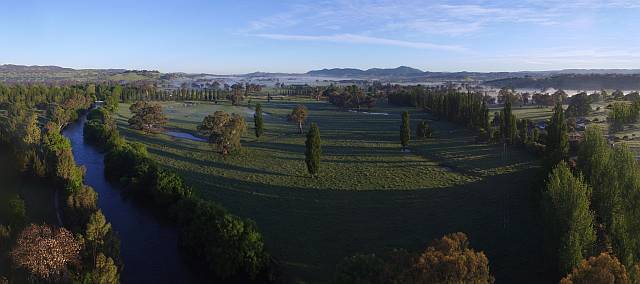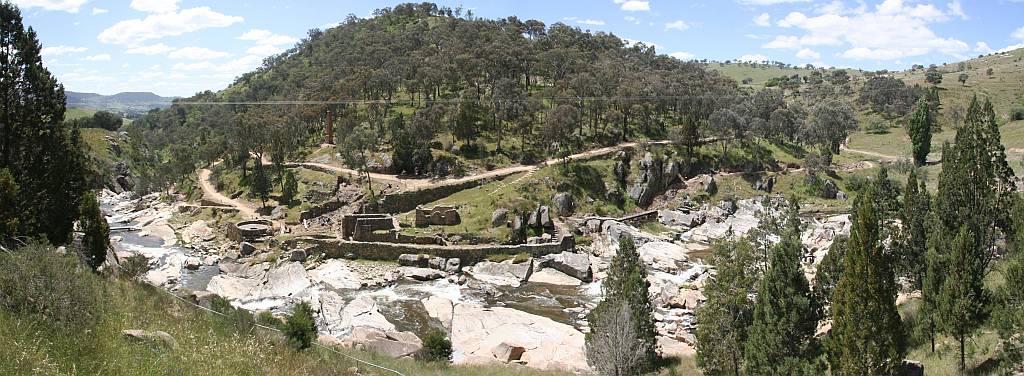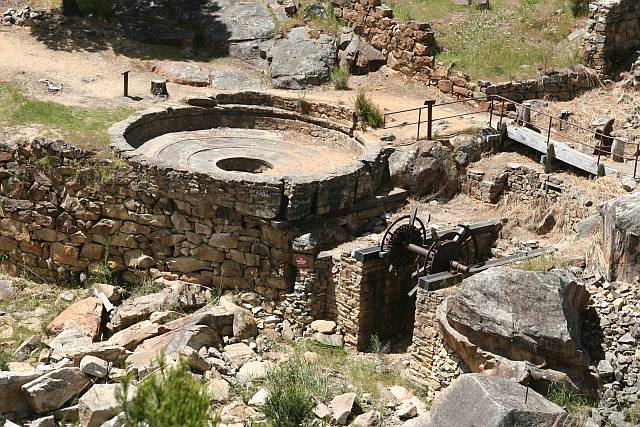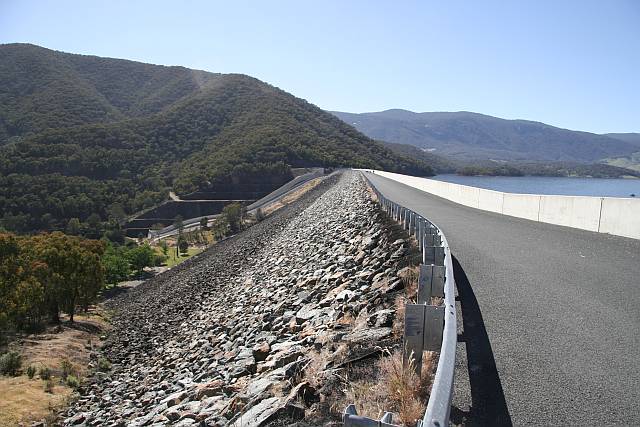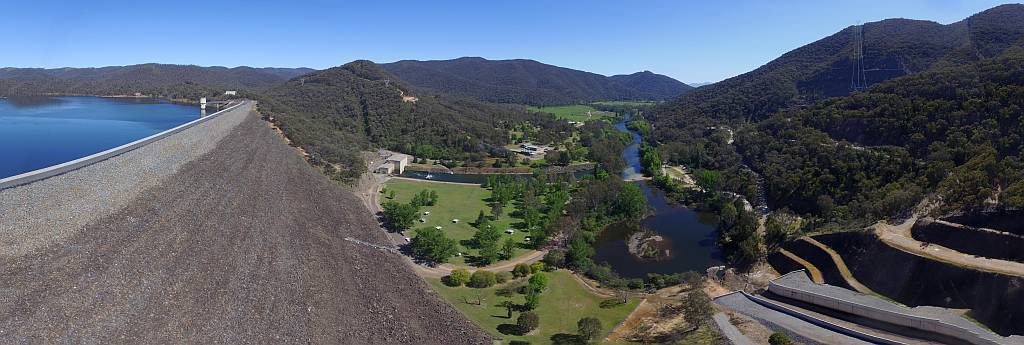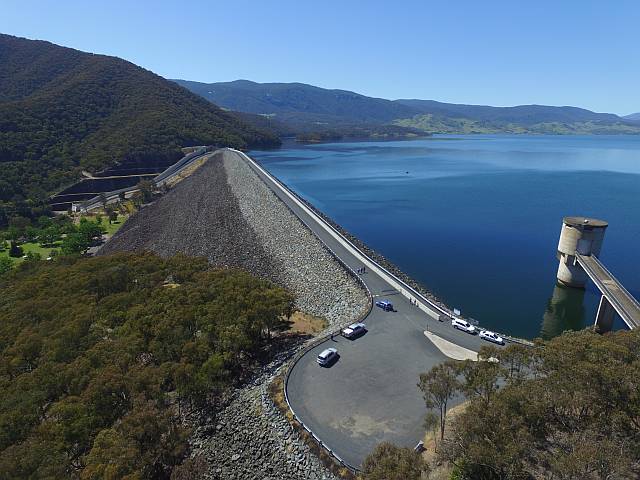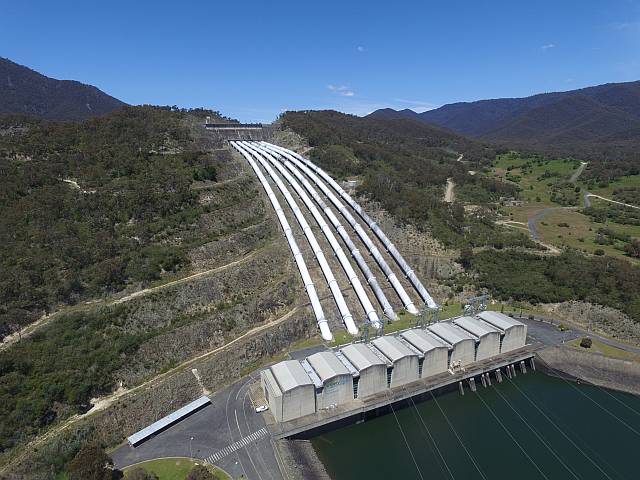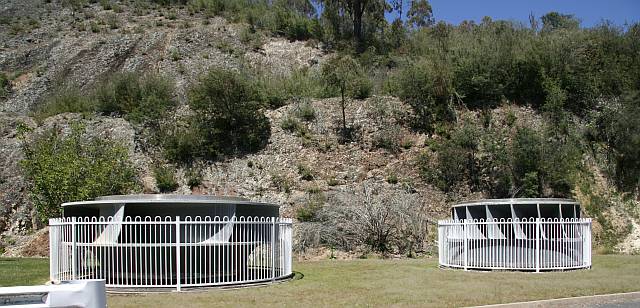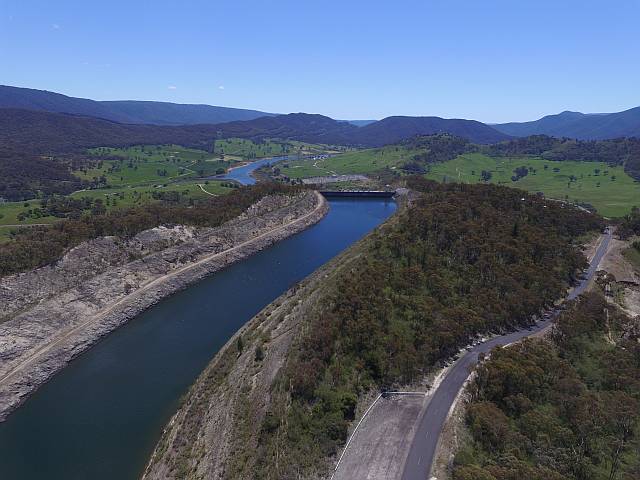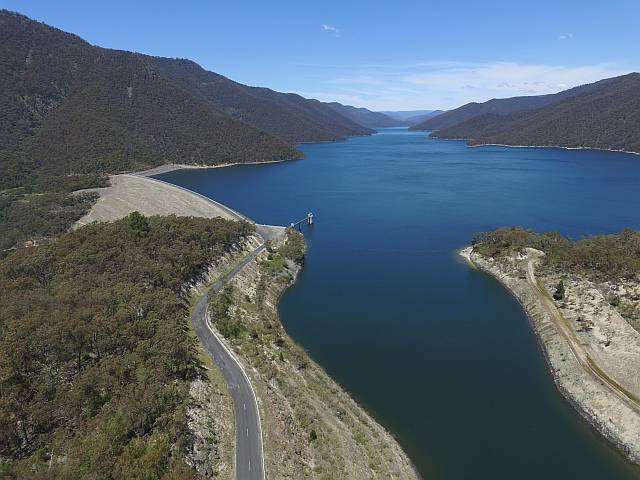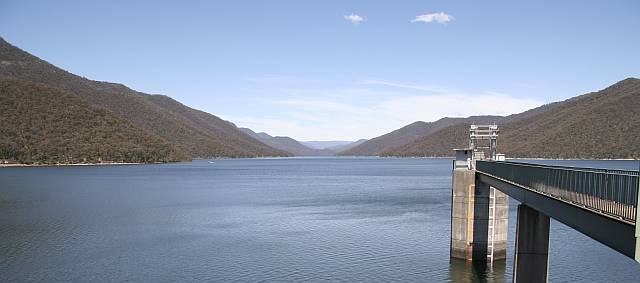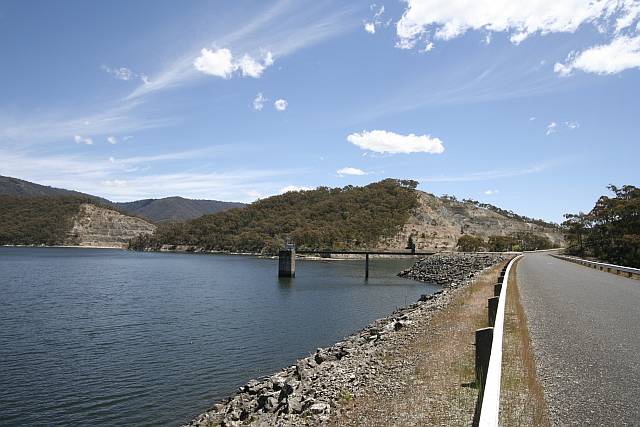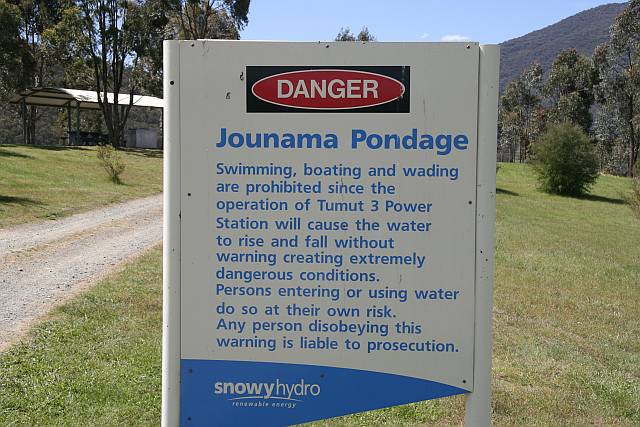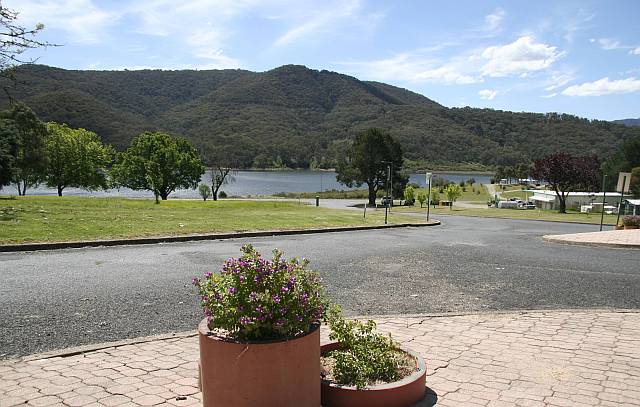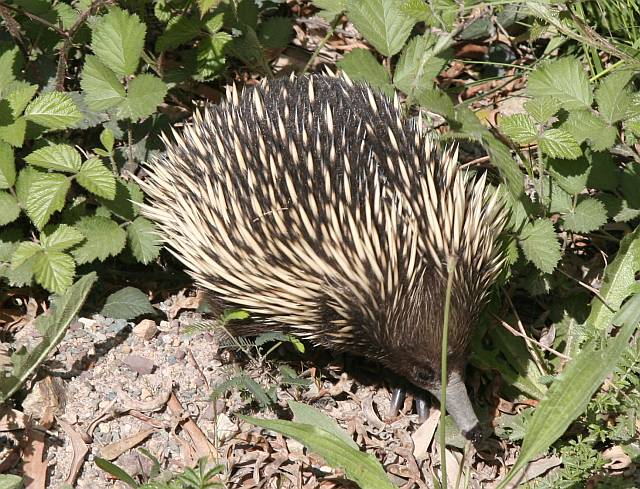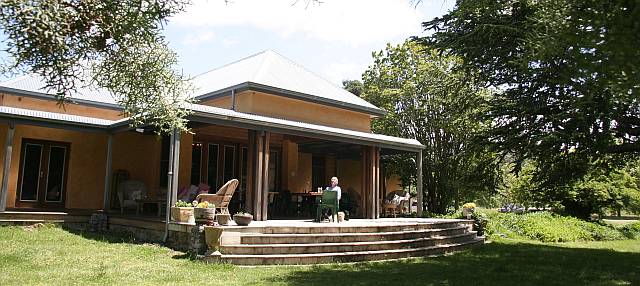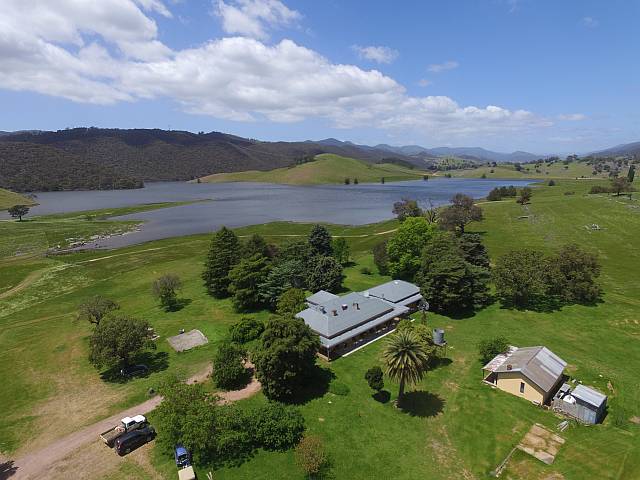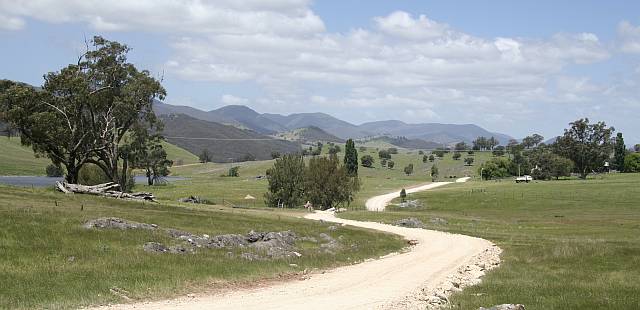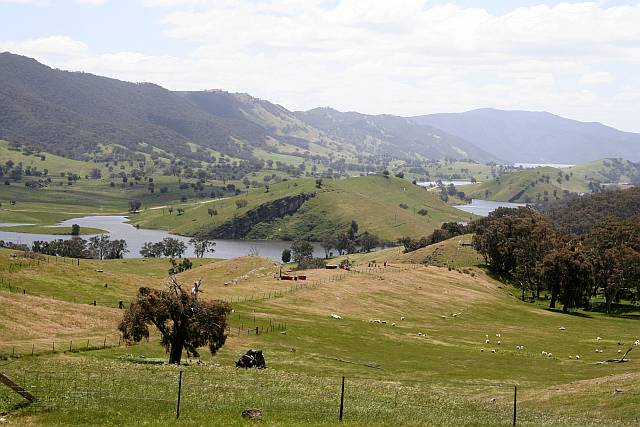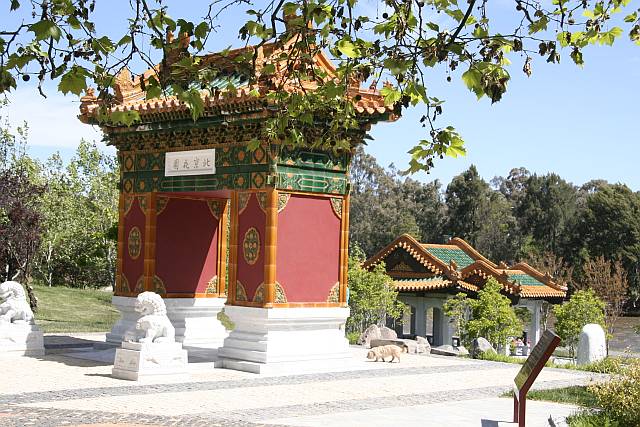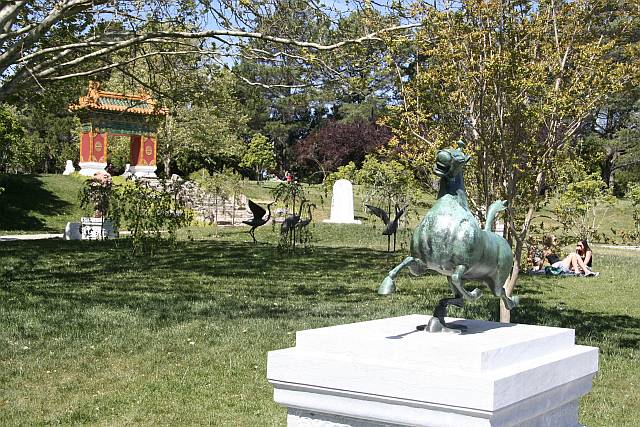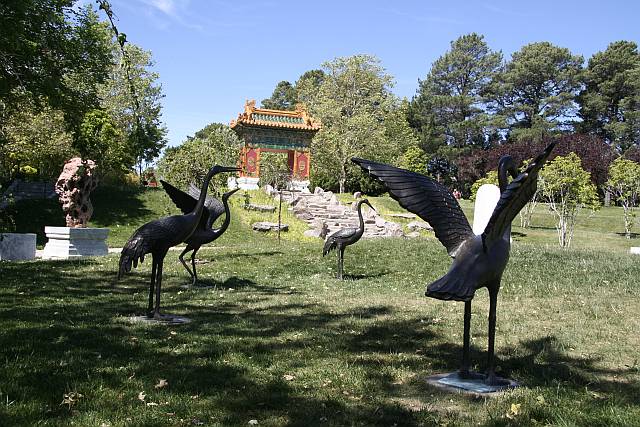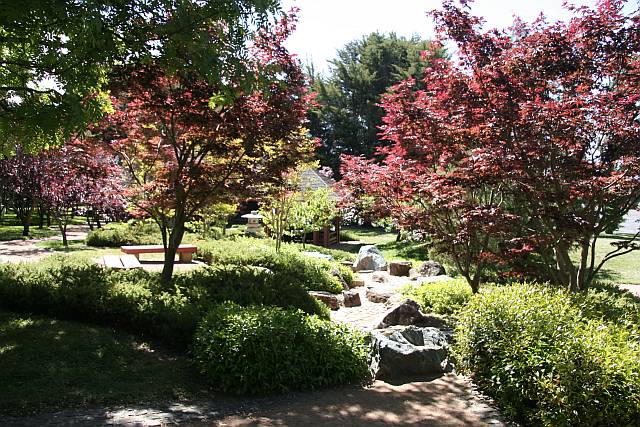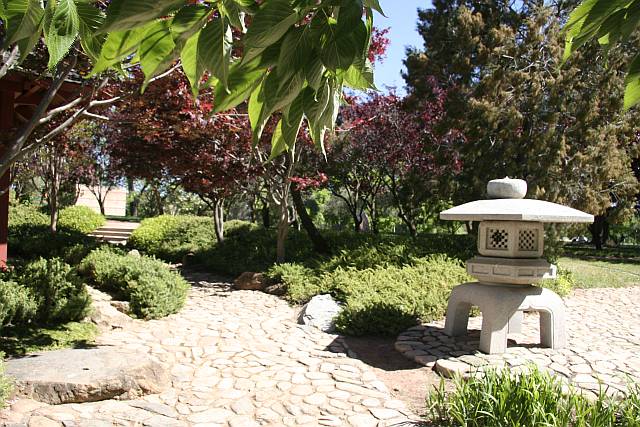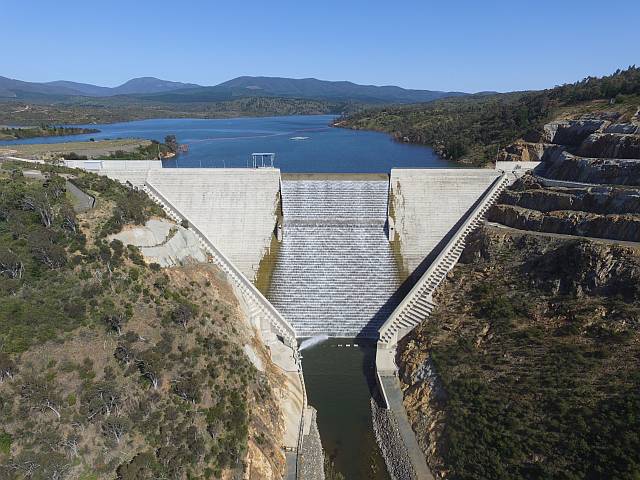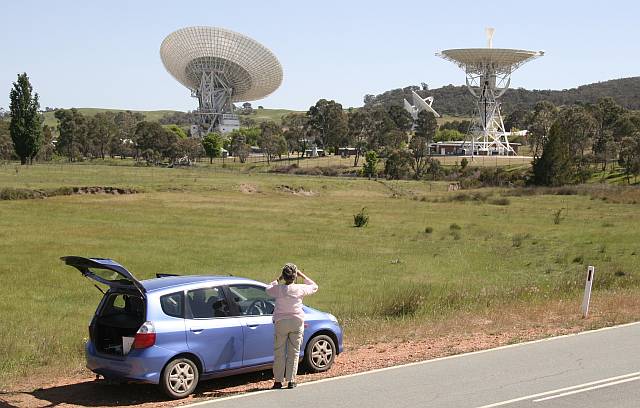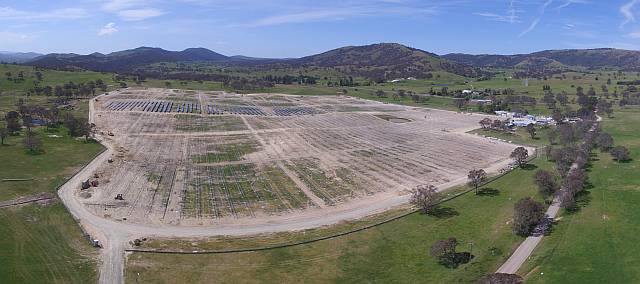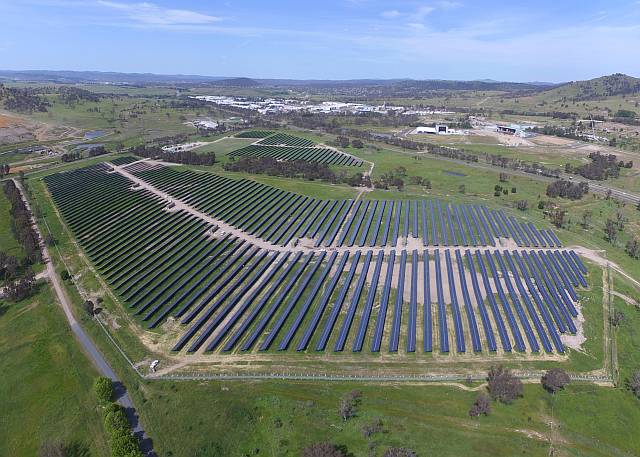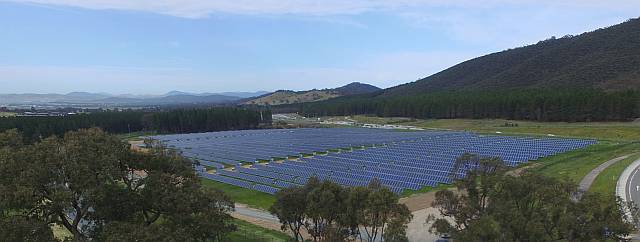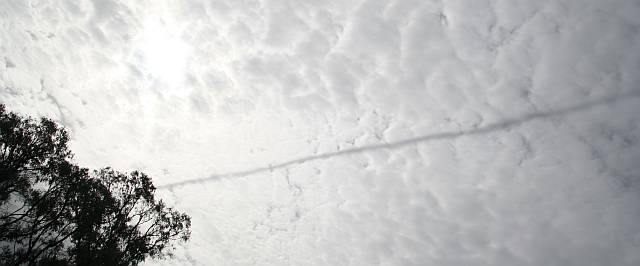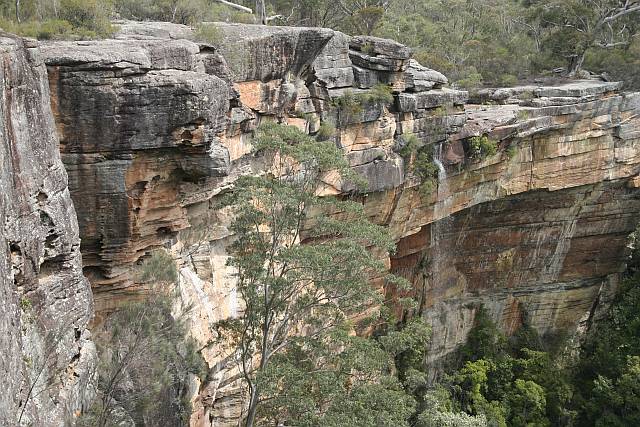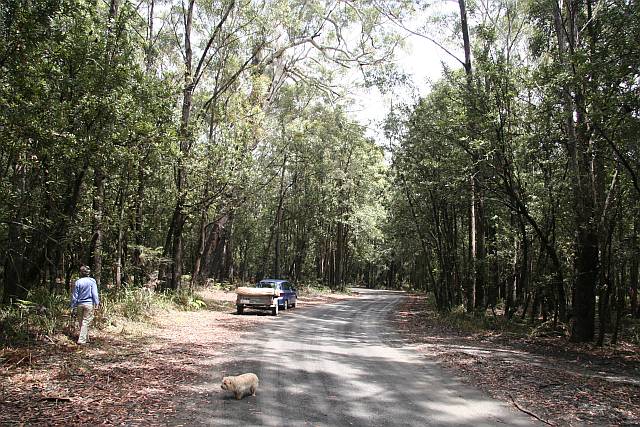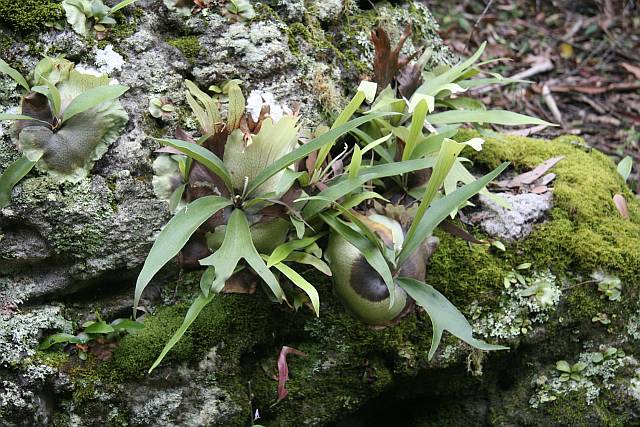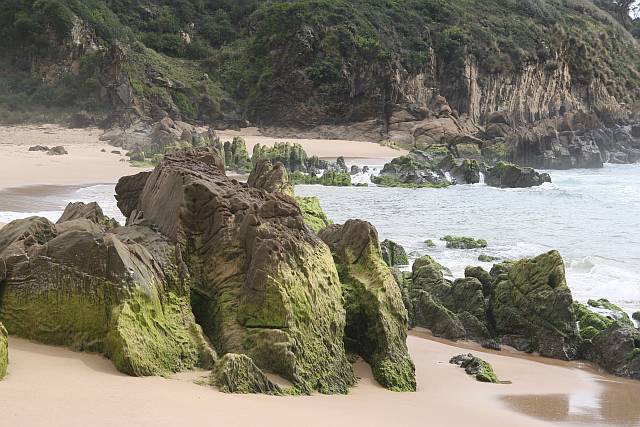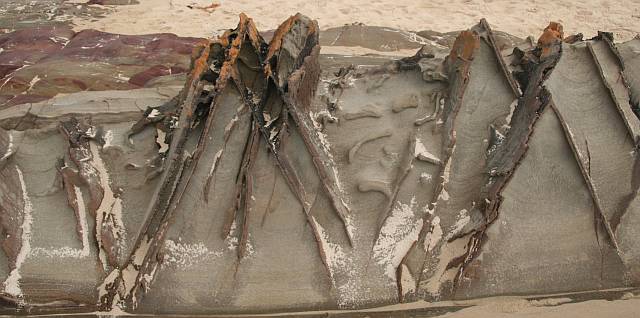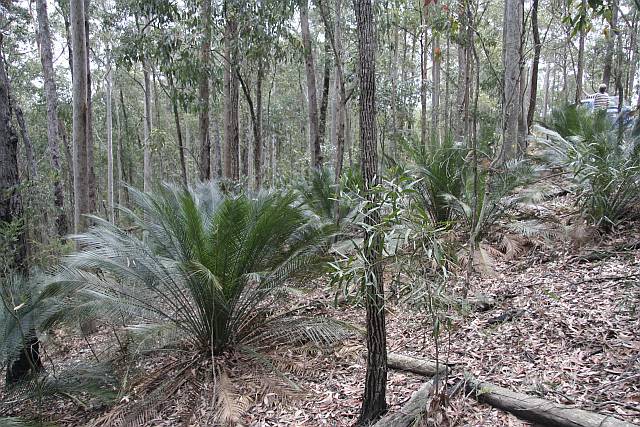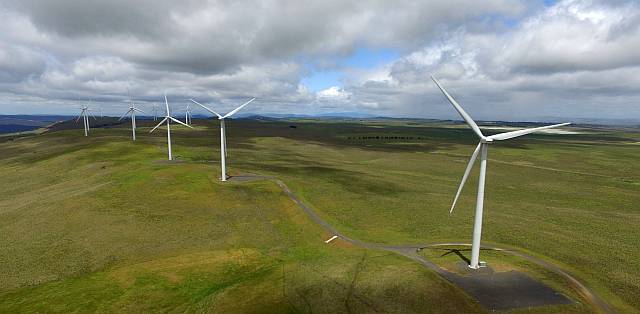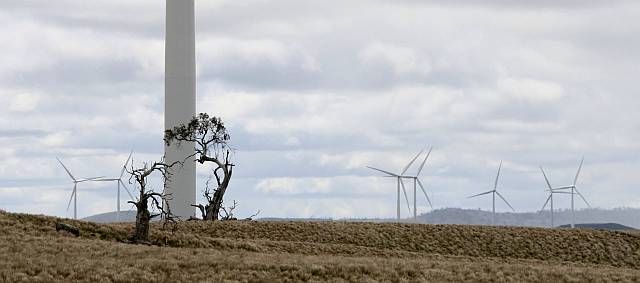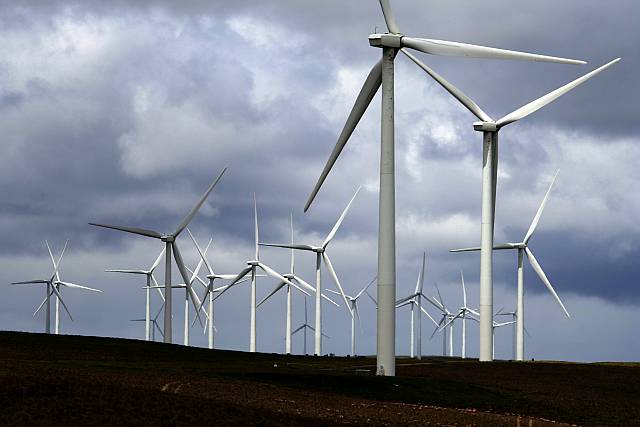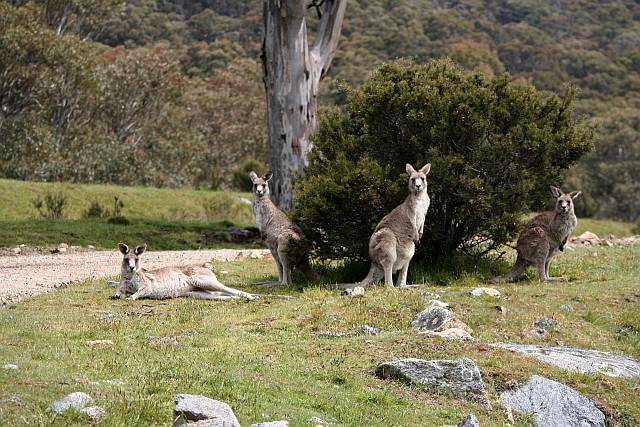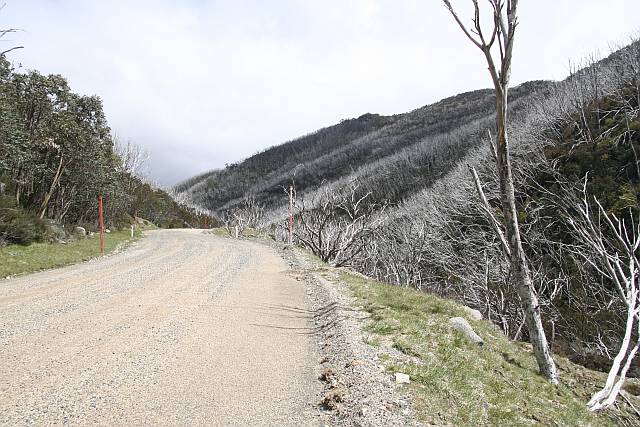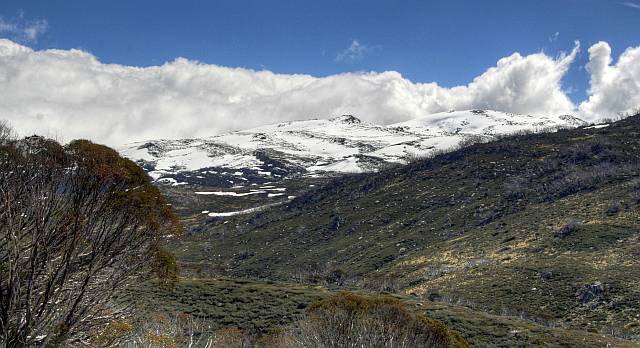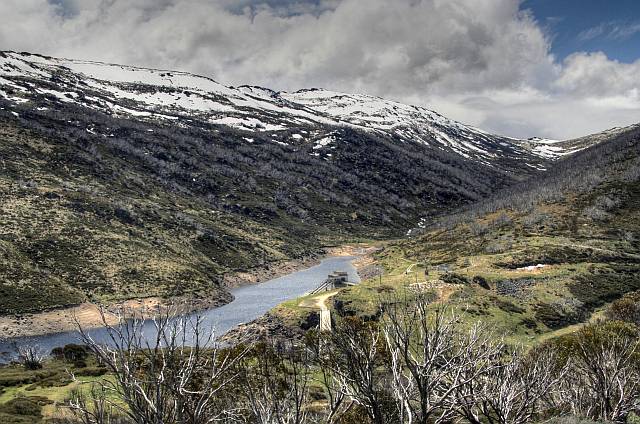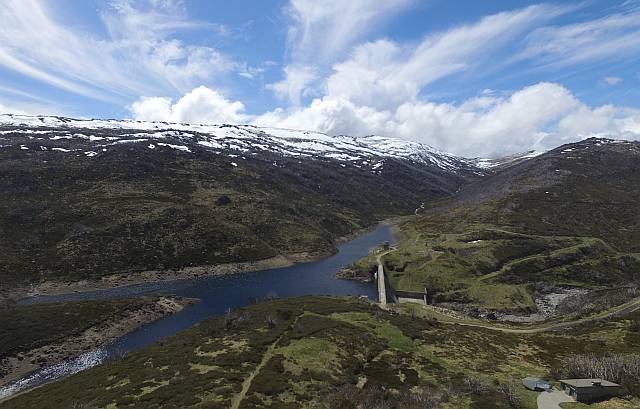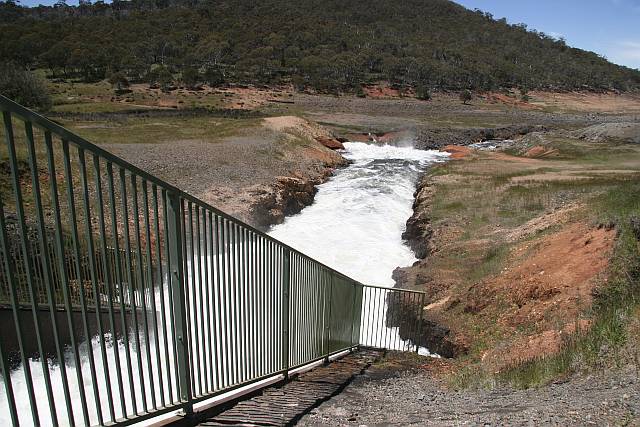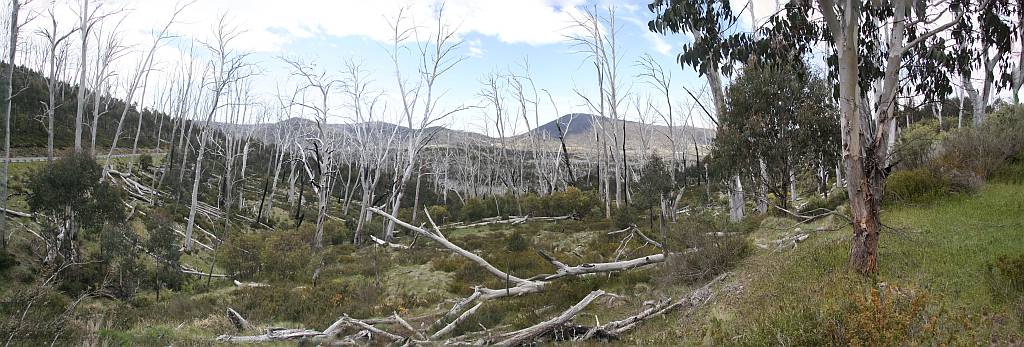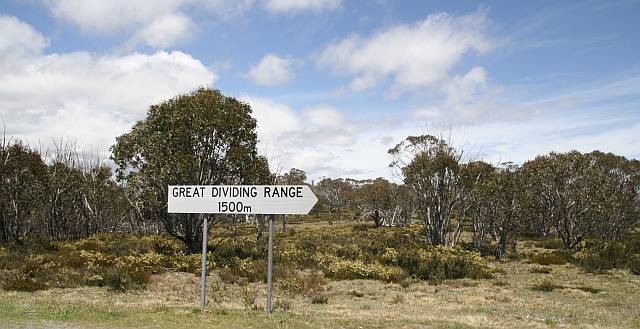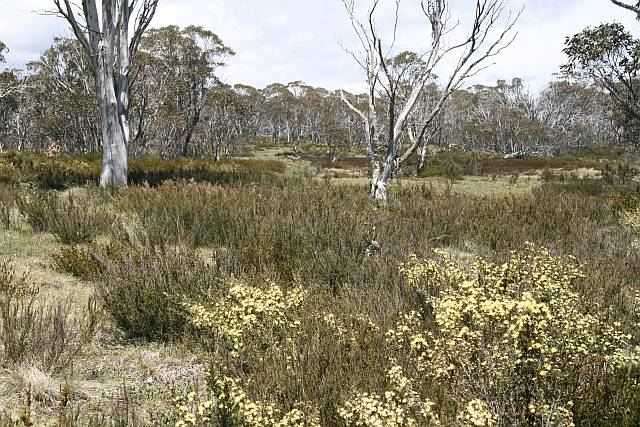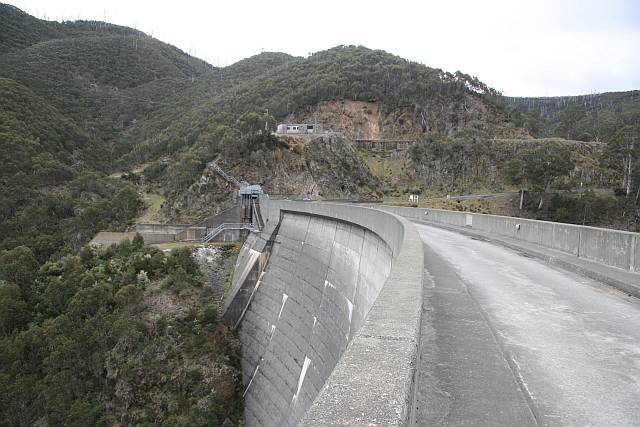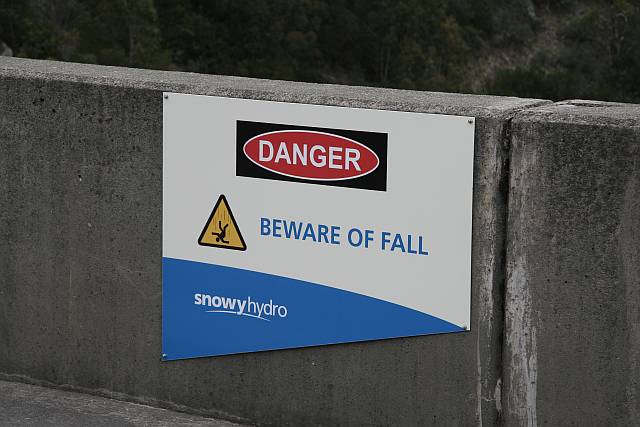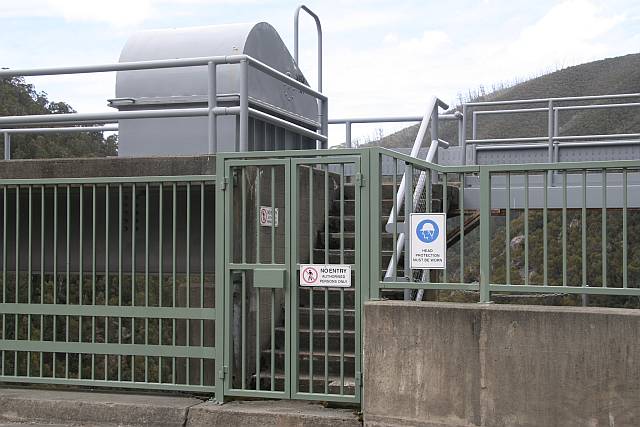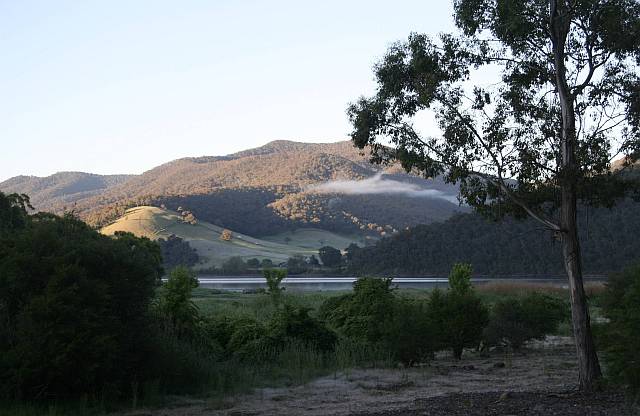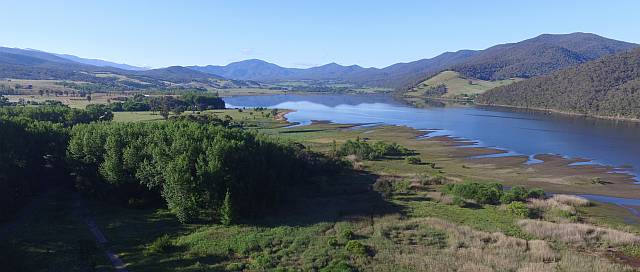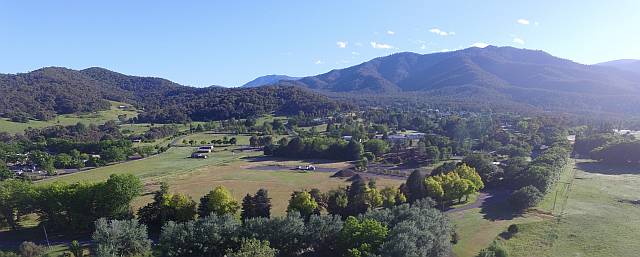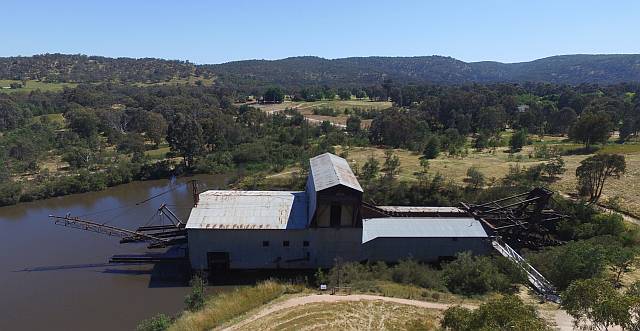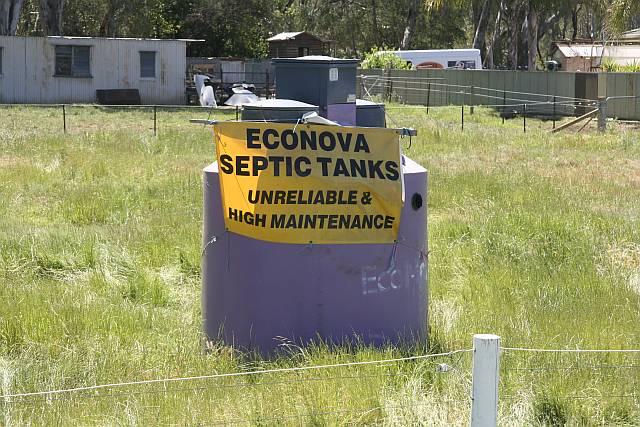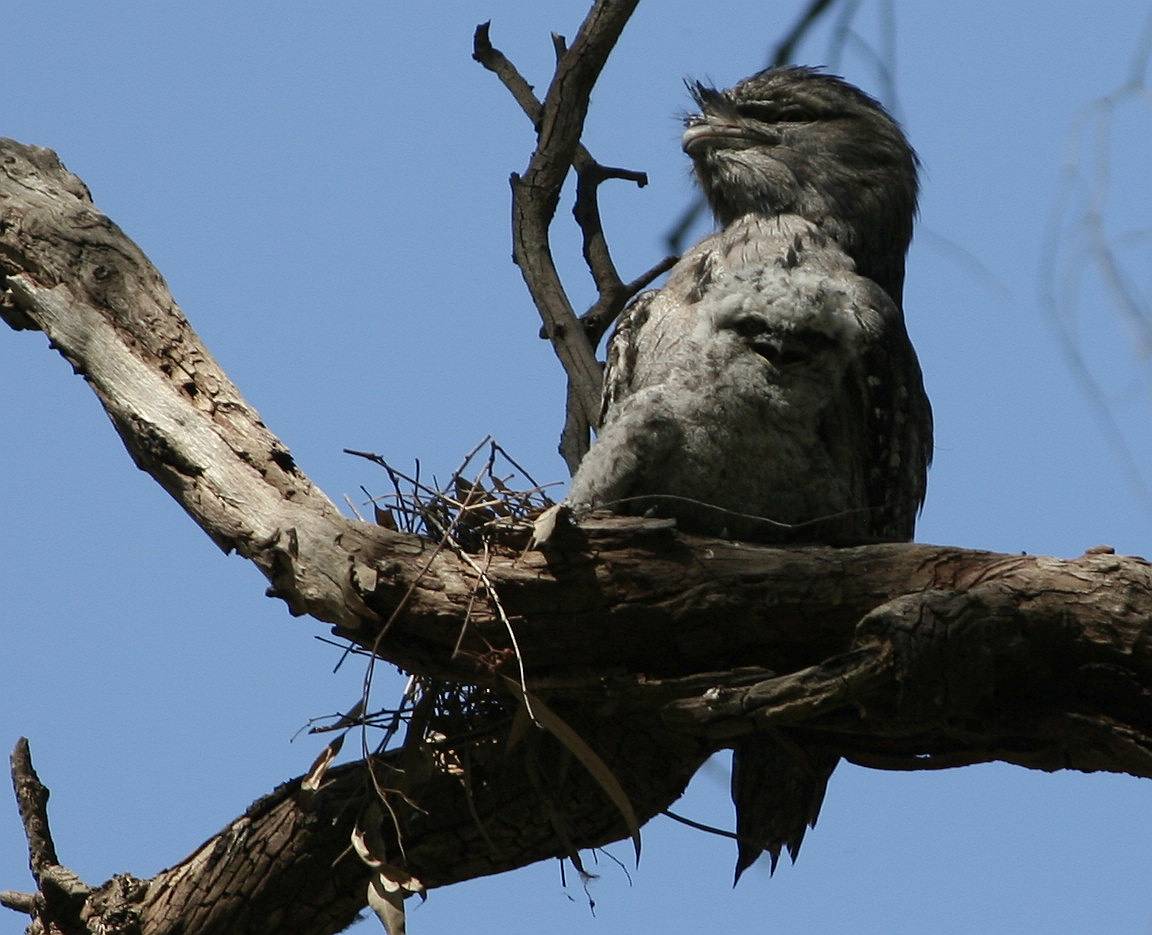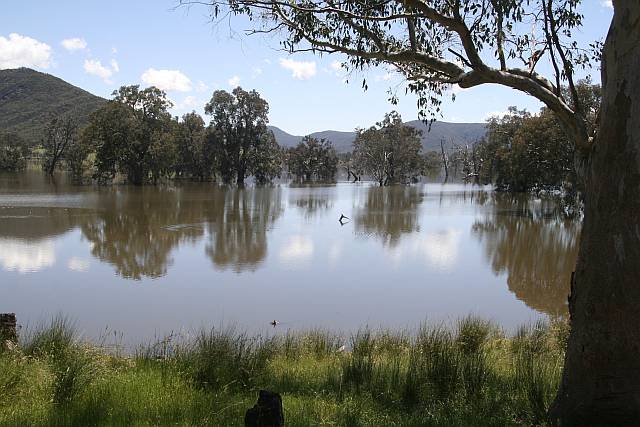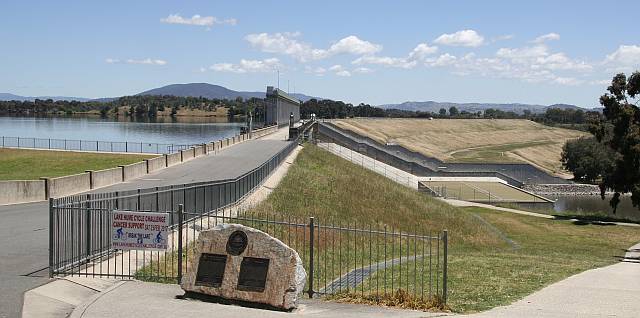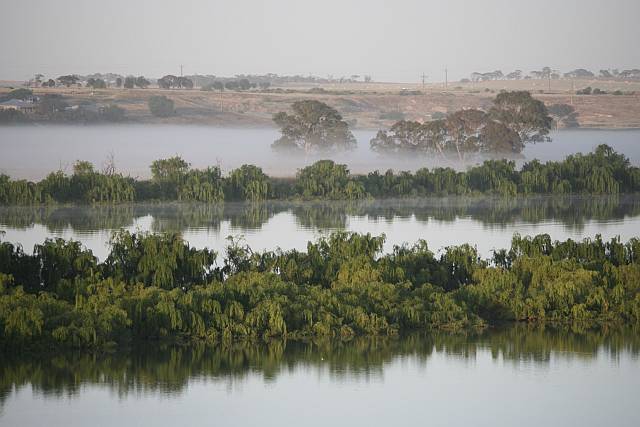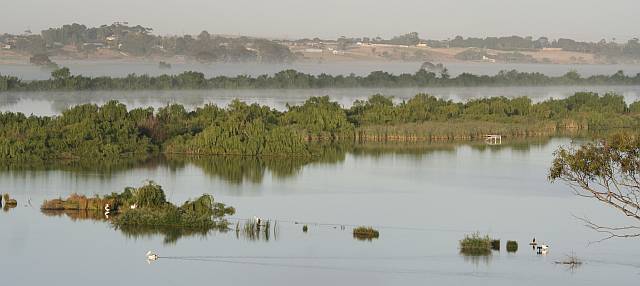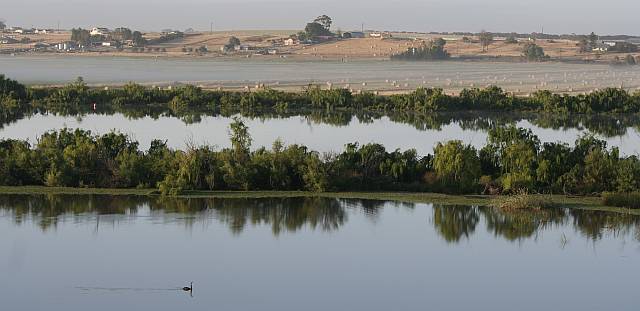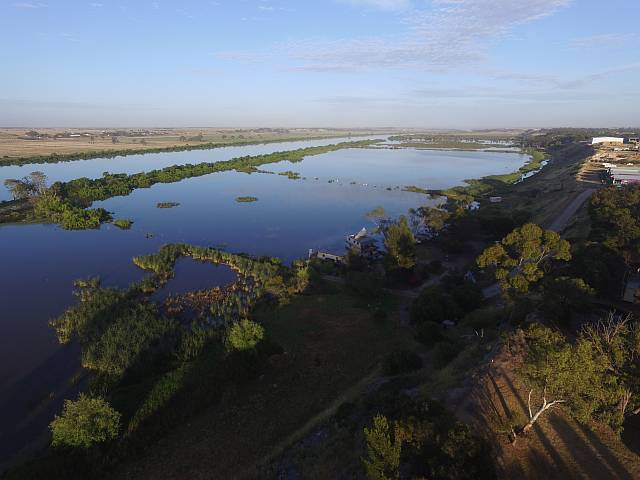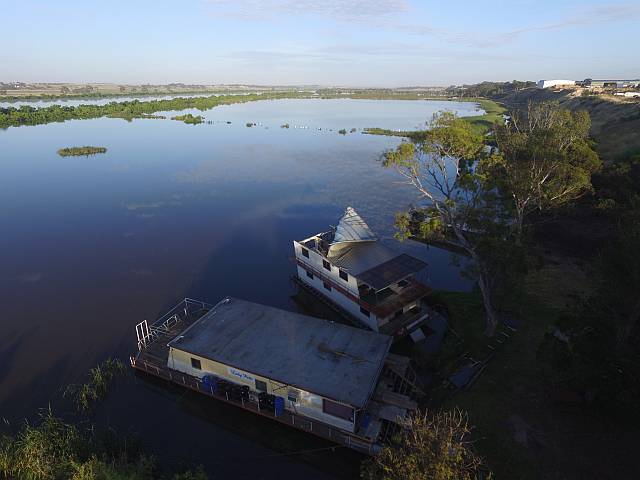Beijing Garden
Canberra has very good Chinese and Japanese gardens by Lake Burley Griffin.
2016/11/06
Beijing Garden again
2016/11/06
Beijing Garden again.
The big stone on the left is a 'stone of appreciation from Tai Lake'.
2016/11/06
Japanese garden, Nara Peace Park
This is immedeately adjacent to the Beijing Garden
2016/11/06
Nara Peace Park again
2016/11/06
We were lucky to visit the Cotter Dam when it was overflowing.
My friend Bill Gresham tells me that if overflowed for the first time in
October.
This is the largest storage in the Australian Capital Territory.
However, Googong reseroir, just over the NSW border near Queanbeyan, is the
biggest in the Canberra water supply system.
Bill tells me that the four dams for the two cities are all managed as one
system.
More information from
Icon Water.
This photo was taken with my Phanton 3 Advanced drone.
2016/11/07
This station is involved with communication with space probes,
not astronomy as at Mount Stromlo.
There are many interesting and informative displays.
In the forground is the Honda Jazz that took us (and towed our camper trailer),
without any problems, more than 3000 kilometres including twice over the
Snowy Mountains.
While towing the trailer it averaged from 6.5 to 7 litres per hundred
kilometres; producing less than half as much greenhouse gas as many or most
of the large four-wheel-drive/caravan combinations that are more common.
2016/11/07
Early construction stage.
There will be 35,000 panels, rated at a total of 11MW, covering 29ha of ground.
This solar farm was originally to be built across a road from Uriarra, but the
people of the town did not want it 'spoiling their view'.
The delay of a couple of years caused by the arguments and delay has probably
been very good for the builders.
I believe that they will be paid the original contracted price while the cost
of solar panels has fallen greatly.
The biggest of the ACT's solar farms is Royolla, rated at 20MW.
2016/11/07
The Australian Capital Territory (ACT) government has an target of 100%
renewable electricity by 2020.
It seems that there are no suitable sites for wind farms in the ACT, but they
are building solar farms.
They have contracted to buy wind power from South Australia and Victoria.
Mugga Lane is rated at 13MWac.
2016/11/07
This is rated at a relatively small 2.3MW.
A community-owned solar power station is to be built adjacent.
An unusual sight, the shadow of a vapour trail on thin clouds.
The photo was taken from the Mount Majura solar farm.
2016/11/08
Tianjara Falls
This waterfall was close to the road between the little town of Nerriga, where
we had lunch, and the coast.
As can be seen, the flow was small; but the view was good.
The geomorphology seemed very similar to that around Sydney, with flat-lying
sandstone beds with deep valleys coming to sudden ends at high cliffs.
2016/11/08
Some of the beautiful forest of Booderee National Park in the Jervis Bay
area.
The Honda Jazz and camper trailer that we used consumed an average of 6.5 to
7 litres of petrol per 100km.
2016/11/09
Stag-horns growing in the botanic gardens in Booderee National Park.
These gardens are well worth a visit.
2016/11/09
The green of the algae gives the beach at Moruya Heads more colour than many
beaches.
2016/11/10
An interesting rock formation on the beach at Moruya Heads.
2016/11/10
These are members of
a very ancient group of plants – the earliest of the seed-bearing
plants.
Most of the trees are Eucalypts, species unknown to me, but they did include
quite a few spotted gums.
2016/11/10
| |
| Spotted gum, Corymbia maculata, forest
|
|---|
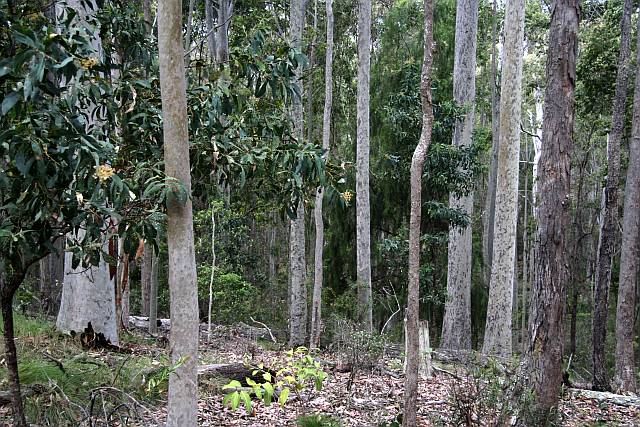
| |
I have long loved spotted gums (
Corymbia maculata); I've planted a
number of them at Elysium.
Denece and I took pot luck and drove through some forest roads inland from
Bermagui and came across this forest of spotted gums.
It seems that a strip just inland from the coast in this area is the main
natural occurrence of the species.
I wonder why they are called 'spotted' gums?
2016/11/11
